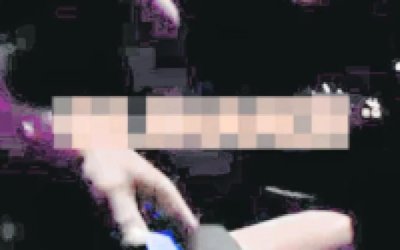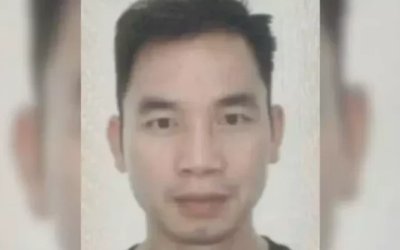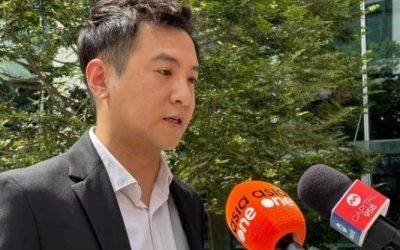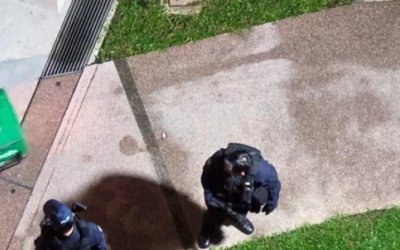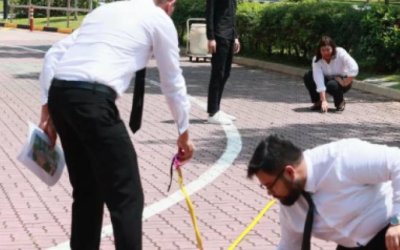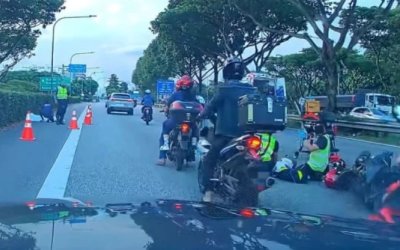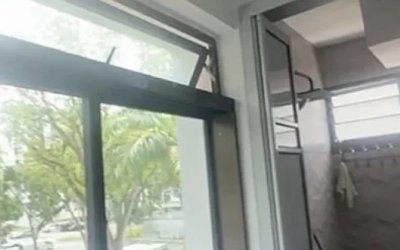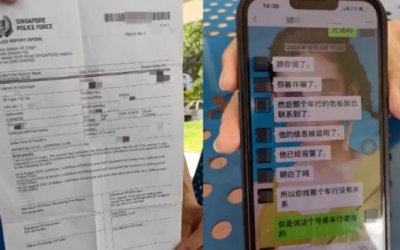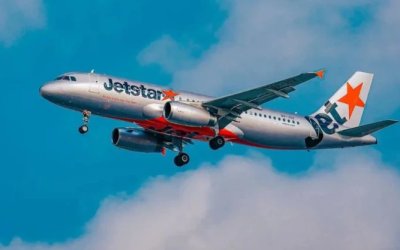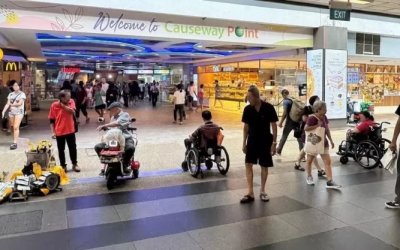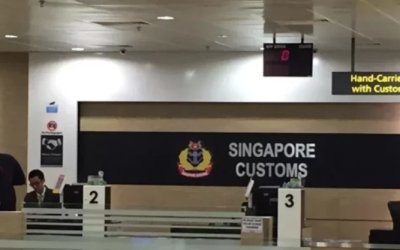2024年3月6日,新加坡卫生部长王乙康在国会上书面答复义顺集选区议员黄国光关于如何减缓新加坡儿童近视发生所采取的措施和定下的目标。
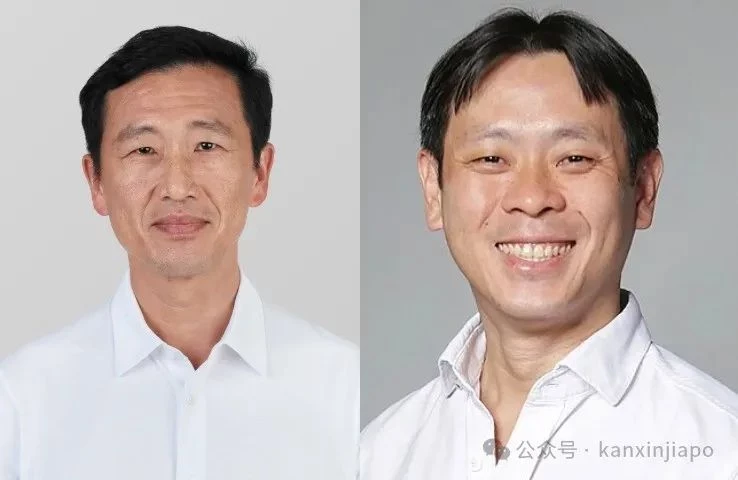
左图:新加坡卫生部长王乙康
右图:义顺集选区议员黄国光
以下内容为新加坡眼根据国会英文资料翻译整理:
国家预防小学生近视计划战略的成效
黄国光问:
(a) 卫生部为全国预防近视方案设定了哪些目标,以推迟新加坡儿童近视的发生并减缓其发展?
(b) 如果没有设定目标,卫生部是否会考虑设定目标,以降低小学生的近视率?
(c) 卫生部如何衡量全国预防近视方案的成效?
王乙康答:
保健促进局(HPB)根据 "全国近视预防计划"(NMPP)对幼儿园一年级至小学四年级的儿童进行筛查。该计划旨在通过每年一次的视力筛查、举办工作坊等策略,让家长掌握培养孩子良好用眼习惯,并与学校、眼科医生和社区眼科医疗机构合作开展预防近视活动,来延缓儿童近视的发生和发展。
保健促进局跟踪小学一年级未矫正视力≥ 6/12 的学童比例,以此作为衡量近视发病率的标准。自 2001 年开始实施国家近视预防计划以来,小一儿童的近视率有所下降,并在 2023 年稳定在 26%,实现了保健促进局设定的 30%或更低的目标。
此外,保健促进局还监测选定中小学的近视严重程度 ,作为近视发展的指标。与2013年的19%相比,2023年选定小学的低度近视患病率稳定在20%。同期,中度近视率从9%降至7%,高度近视率从3%降至2%。同样,在选定的中学,低度近视的发生率在2023年保持稳定,为27%,而2013年为28%。同期,中度近视率从20%降至18%,高度近视率从11%降至7%。

以下是英文质询内容:
EFFECTIVENESS OF NATIONAL MYOPIA PREVENTION PROGRAMME'S STRATEGIES FOR PRIMARY SCHOOL STUDENTS
Mr Louis Ng Kok Kwang asked the Minister for Health (a) what targets has the Ministry set for the National Myopia Prevention Programme to delay the onset, and reduce the progression, of myopia for children in Singapore; (b) if there are no targets set, whether the Ministry will consider setting targets to lower the prevalence of myopia among primary school students; and (c) how does the Ministry measure the effectiveness of the National Myopia Prevention Programme.
Mr Ong Ye Kung: The Health Promotion Board (HPB) screens Kindergarten 1 to Primary 4 children under the National Myopia Prevention Programme (NMPP). The programme aims to delay the onset and progression of myopia in children through annual vision screening, workshops to equip parents with strategies to develop good eye care habits in their children and partnerships with schools, ophthalmologists and eyecare providers in the community on myopia prevention initiatives.
HPB tracks the proportion of Primary 1 (P1) school children with uncorrected visual acuity of ≥ 6/12 as a measure of onset of myopia. Since the inception of NMPP in 2001, myopia prevalence rates in P1 children have decreased and stabilised at 26% in 2023, achieving HPB's target of 30% or lower.
In addition, HPB monitors myopia severity levels1 in selected primary and secondary schools as an indicator of myopia progression. The prevalence of low myopia in selected primary schools remained stable at 20% in 2023 compared to 19% in 2013. Over the same period, moderate myopia decreased from 9% to 7% and high myopia decreased from 3% to 2%. Similarly, in selected secondary schools, the prevalence of low myopia remained stable at 27% in 2023 compared to 28% in 2013. Over the same period, moderate myopia decreased from 20% to 18% and high myopia decreased from 11% to 7%.
新加坡国会丨来源
新加坡国会丨图源

